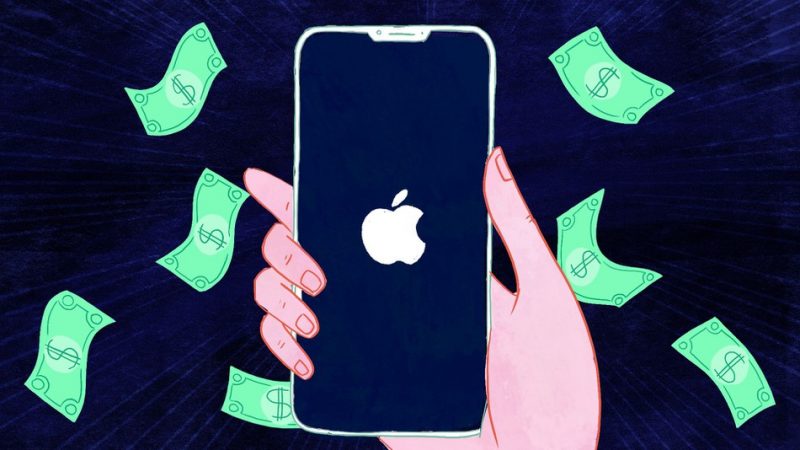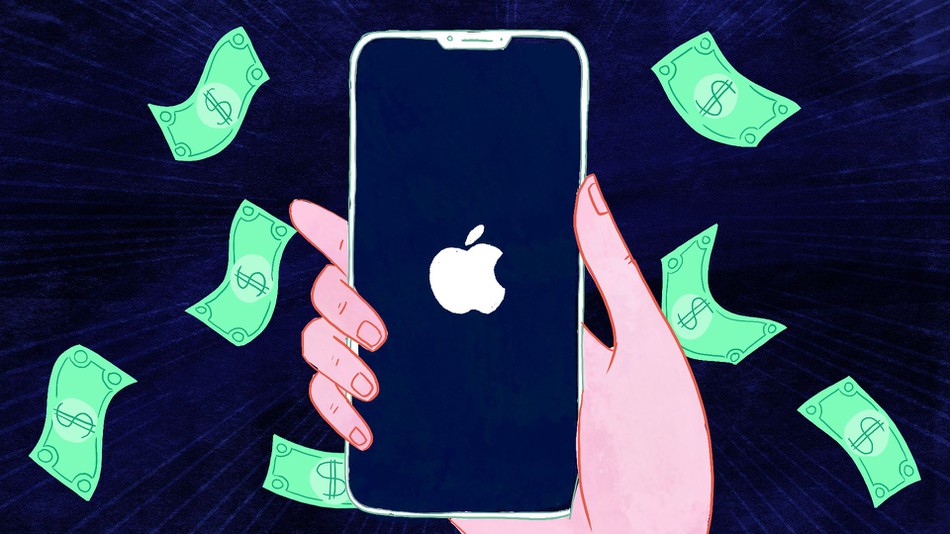You’re going to pay $1,000 for an iPhone — and there’s not much you can do about it


For about the last decade, if you walked into any phone store, you could reasonably expect to pay about $200 for a brand new iPhone — but those days are all but over.
The iPhone 8, which is expected to launch at a special media event on Sept. 12, is widely forecast to have a starting cost somewhere between $1,000 and $1,200 — or a little shy of double the starting price of the current iPhone 7 ($649).
Perhaps even more shocking is that Apple isn’t alone in increasing costs. Samsung is also cranking up the price on its newer phones, starting with the Galaxy Note 8 that launched last month at a price of $930 for an unlocked 64GB version.
These new heights for smartphone prices are in stark contrast to the original iPhone, which cost only $500 back in 2007. Even then, however, people thought the cost was too expensive.
#iPhone8
64 GB: 999$
256 GB: 1099$
512 GB: 1199$— Benjamin Geskin (@VenyaGeskin1) September 4, 2017
“There’s no chance that the iPhone is going to get any significant market share,” former Microsoft CEO Steve Ballmer famously said about the iPhone after its launch.”It’s a $500 subsidized item.”
He was right about at least half of his statement. Subsidies were extremely common in the U.S. from carriers like AT&T, Verizon, T-Mobile, and Sprint who historically paid for a majority of a smartphone’s cost.
The deal was this: If customers were willing to sign a contract promising to use a specific cell service for two years, the company would pay for more than half the cost of the smartphone. But that subsidized pricing scheme (created by Steve Jobs to boost smartphone adoption) is rapidly being dialed back.
“Installment plans are reserved for things you can’t live without, and you can now add your smartphone to that list.”
Two years ago, Verizon announced a decision to finally end phone subsidies for older customers, and T-Mobile also announced a similar change to the way it operates two years prior. Now, these cell companies ask for customers to pay for the full price of the phone in installment plans. Fortunemagazine called it the “death of the $199 iPhone.”
Which brings us to today, about a week before the next iPhone launch, where a bunch of reputable outlets including the New York Times, Wall Street Journal, and CNBC are reporting that the next iPhone will cost more than $1,000 — or about the cost of a brand new MacBook Air laptop.
Historically, this wouldn’t have been such a huge deal, but the price increase comes at a time when carriers are less likely to subsidize the cost of your smartphone, meaning the customer (i.e. you) will wind up paying for the entire thing. This will be a sizeable increase to your monthly expenditures.
Take a second to consider how many other things in your life are like this: You might pay for your mortgage or maybe your car in installments, but that’s about it. The point is, installment plans are typically reserved for expensive products you can’t live without. Well, the the smartphone now officially has a spot on that list.
Of course, there are still cheaper options from brands you’ve never heard of like the Essential phone ($700), Xiaomi MiMix 2 ($500), or even the Doogee Mix ($170), but with all of these options, you pretty much get what you pay for.
The cameras aren’t quite as good, battery life sucks, displays aren’t nearly as vibrant, and of course, people will likely ask you, “WTF is that?!” when you eventually pull it out of your pocket. They’re cheap, crappy phones, and everybody knows it.
So does that mean the $1,000 price on newer phones is justified? Well, like a high-end laptop, yes, sort of. You certainly don’t need to own the best camera, fastest processor, or new features like facial-recognition technology to unlock your phone. You also don’t need Apple Pay or an S Pen. But if you want them (and generally a better experience), you’re going to wind up paying for it.
Lucky for me, I’ll probably be hanging onto my iPhone 7 for another year before upgrading. There’s even a small chance I’ll drive my phone into the ground like the 20-year-old Jeep that’s still sitting in my parents’ garage. Regardless, one thing is for sure: I’m not looking forward to paying an ungodly amount for a device that mostly causes grief.










